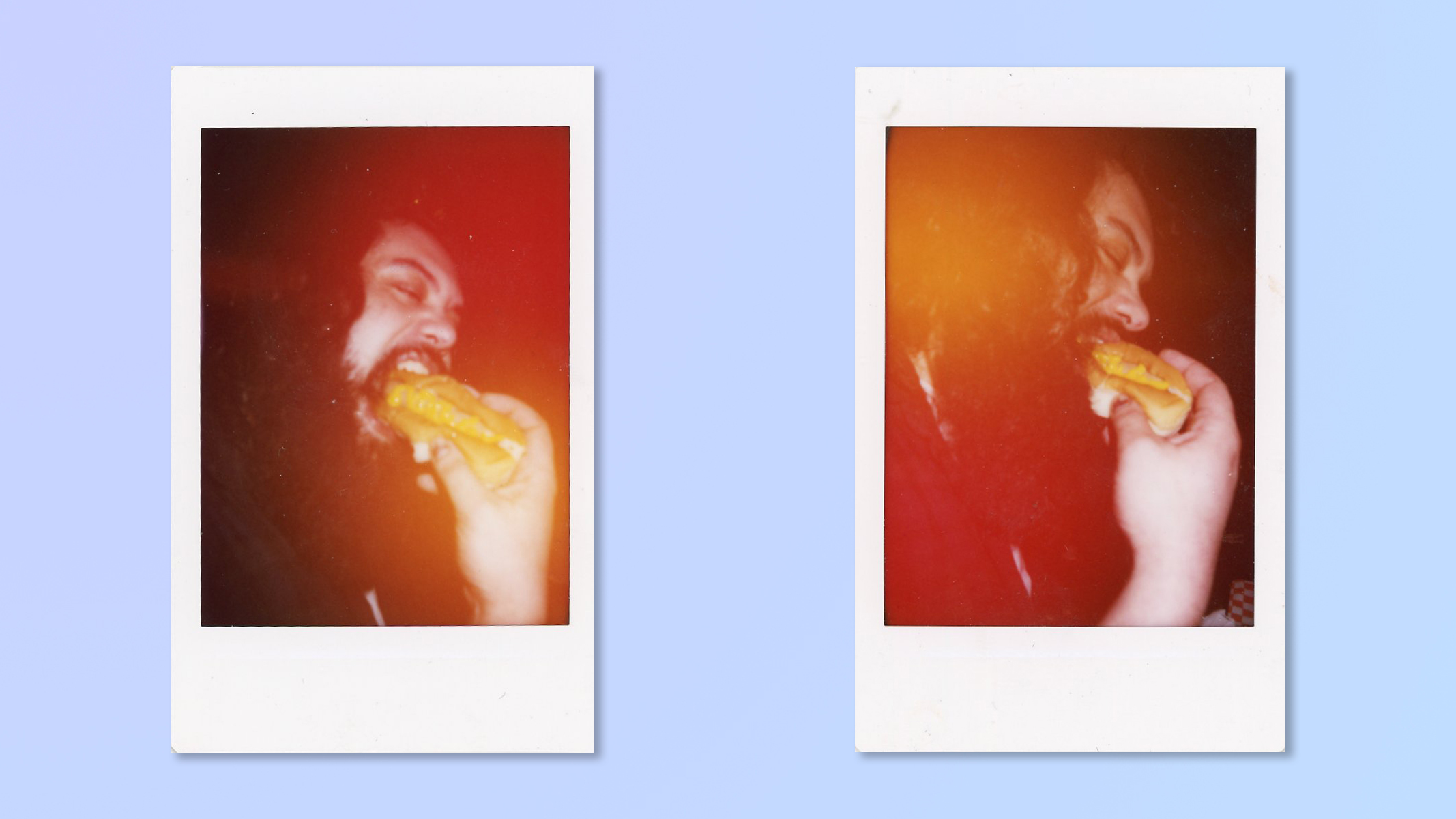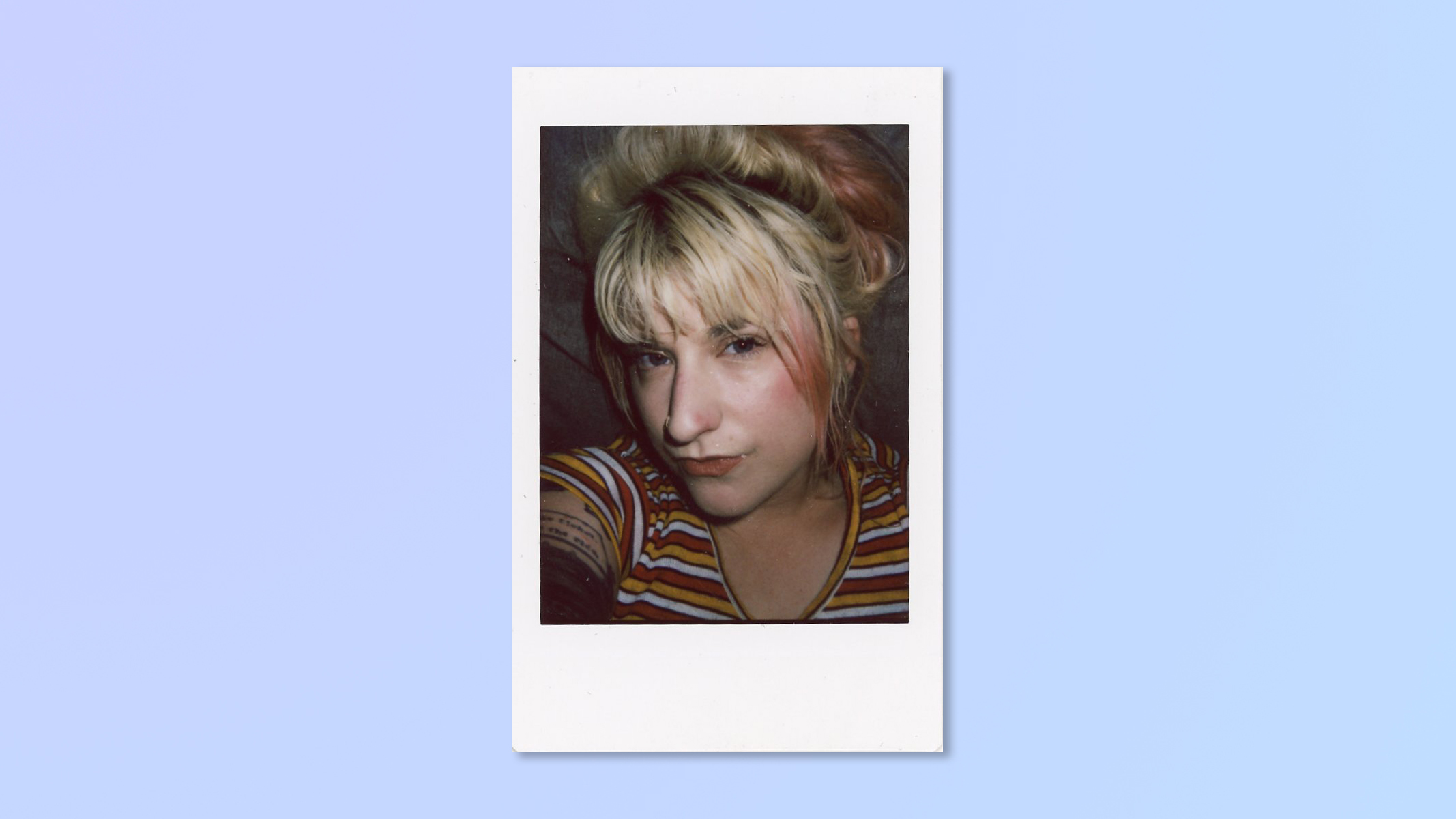Tom's Guide Verdict
The Instax mini 99 shines in both form and function. Its decent range of creative controls are accessible, fun to use and a great way to unlock your creativity while shooting instant film.
Pros
- +
Easy to use
- +
Attractive design
- +
Exposure compensation controls
- +
Features creative color filters
- +
Double exposure mode
- +
Three focus zones
- +
Vignette mode
- +
Strong battery life
Cons
- -
Film packs are expensive
- -
Lacks a selfie-mirror
- -
No in-camera battery charging
Why you can trust Tom's Guide
Price: $199.95
Viewfinder: 0.37× OVF
Lens: 60mm retractable lens
Focusing Capability: 0.3m to ∞
Exposure Control: Automatic: LV 5.0 to 14.8 (ISO 800)
Shutter: 1.8 to 1/400 seconds
Flash: 5-mode automatic flash
Flash Refresh Time: <6.5 seconds
Power: Rechargeable battery; approx. 10 film packs
Dimensions: 4.4 x 4.0 x 2.1 inches; 14 ounces
Film used: Instax mini
Cost per print: Approx. 70c
Fujifilm’s Instax mini 99 isn’t just the most aesthetically pleasing Instax camera — it's also the most functional. The mini 99 offers Instax film photographers more control than the point-and-shoot Instax mini 12, with a number of advanced features like exposure compensation, built-in color filters and double exposure capabilities, while still remaining extremely user-friendly. We’ve seen some of these advanced controls in the Evo mini Hybrid camera, but the presentation in the analog mini 99 is much more straight-forward to use.
Ultimately, the mini 99 fills a similar function to the much-loved Instax mini 90 (which first hit the market nearly a decade ago) while adding some of the advanced creative features found in the Evo mini Hybrid cam. Although it's more expensive than other Instax cameras currently on the market, the added creative control, beautiful styling and rechargeable battery make this our favorite Instax yet.
In such a crowded market (which already features plenty of Fujfilm instant cameras) can this stylish new model earn its place among the best instant cameras around? Keep reading for our full Fujifilm Instax mini 99 review.
Fujifilm Instax mini 99 review: Price & availability
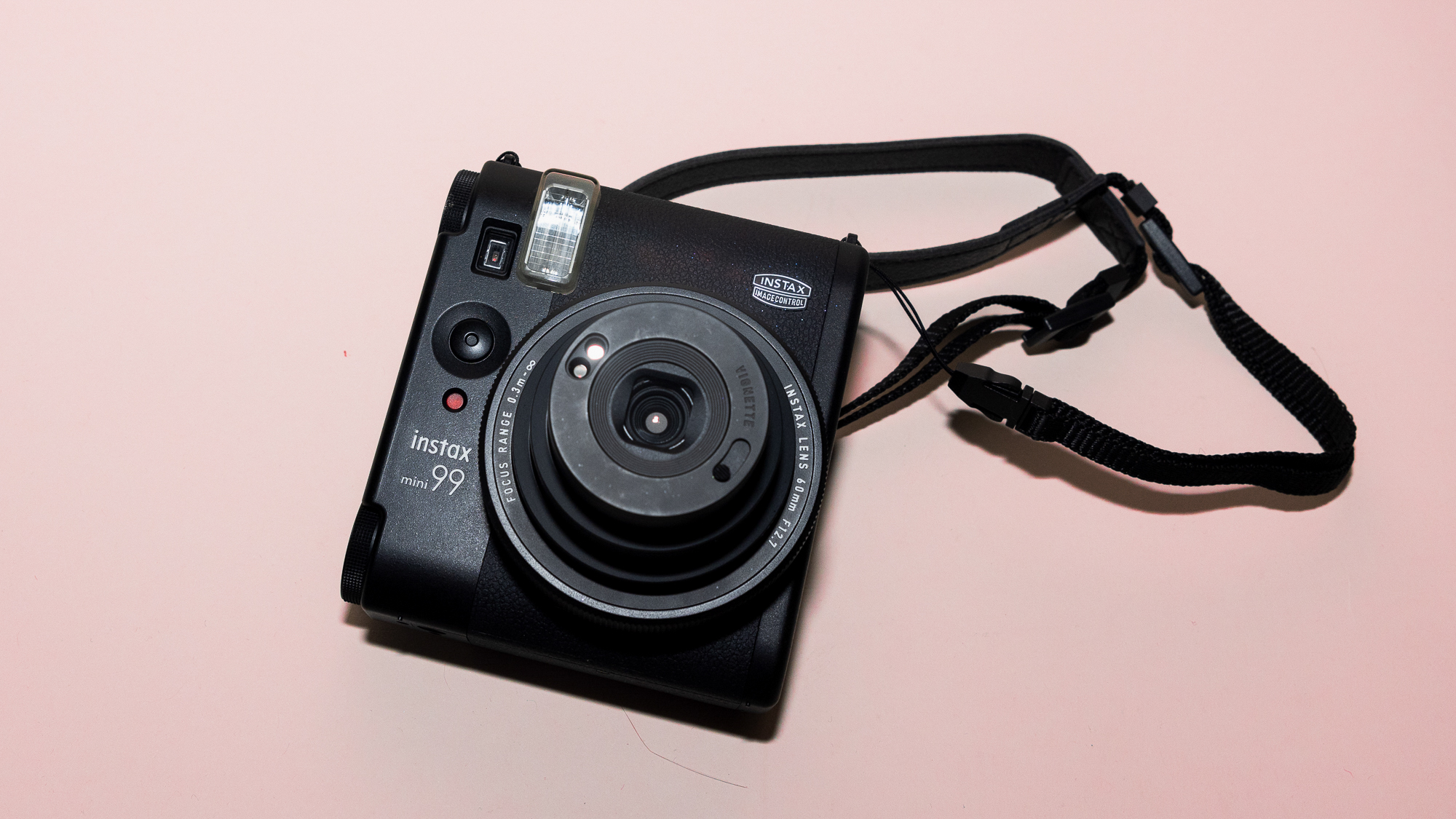
The Fujifilm Instax mini 99 costs $199.95 and is available now in a classy matte black finish through a number of online-retailers. The mini 99 is more expensive than the candy-colored Instax mini 12, the vintage styled Instax mini 40, or any of the Instax Square cameras currently on the market. Its pricing is on par with that of the Instax Evo mini Hybrid, unsurprising given the mini 99 adopts a number of the Evo mini’s creative features.
The Instax mini 99 is priced similarly to other premium instant cameras, such as the Lomography Lomo’Instant Automat camera, which also offers more creative control and shoots Instax format film. It’s considerably less expensive than the high-end hybrid Leica SOFORT 2 or any of the Mint instant cameras that shoot Instax film, and offer more advanced controls than those found in the mini 99.
Fujifilm Instax mini 99 review: Design & build quality

The Fujifilm Instax mini 99 is one of the best designed instant cameras, in both form and function, that I’ve ever had a chance to shoot with. It has a classy matte black finish and the lens barrel and top control dials are inscribed with bright white text. The design choices gives this instant camera a retro aesthetic on par with Fujifilm’s digital mirrorless cameras. It’s also one of the most compact analog instant cameras on the market, measuring 4.4 x 4.0 x 2.1 inches and weighing 14 ounces.
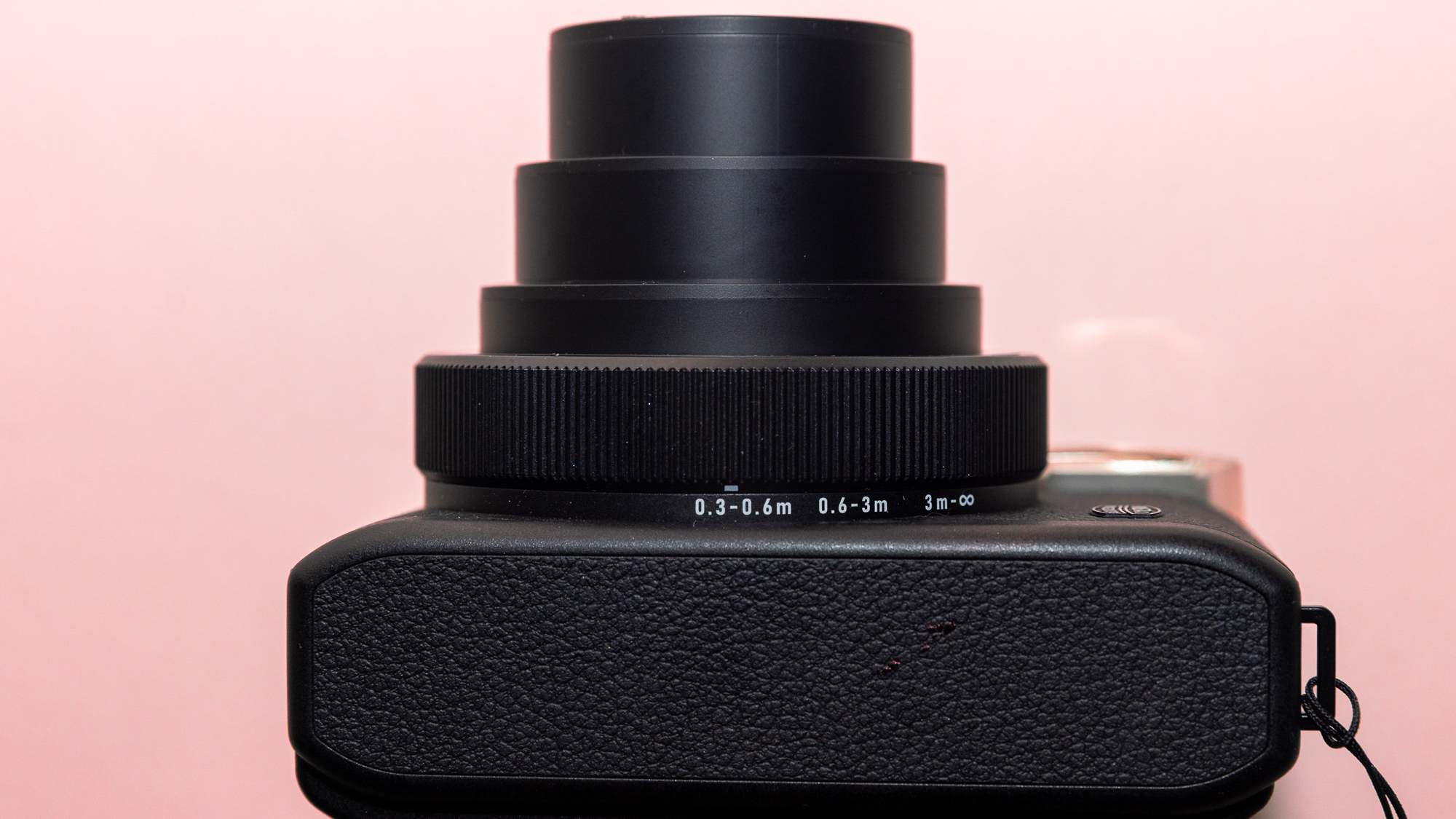
Although it has a high-end look, it is still a camera made of plastic. If it gets dropped too many times it’s likely to stop working. It’s nice that Fujifilm opted for a shoulder strap rather than a wrist strap with the mini 99, making it less likely that the camera will be dropped while being used, but also much more convenient to carry around on all of your adventures.
Get instant access to breaking news, the hottest reviews, great deals and helpful tips.
Fujifilm Instax mini 99 review: Lens & viewfinder
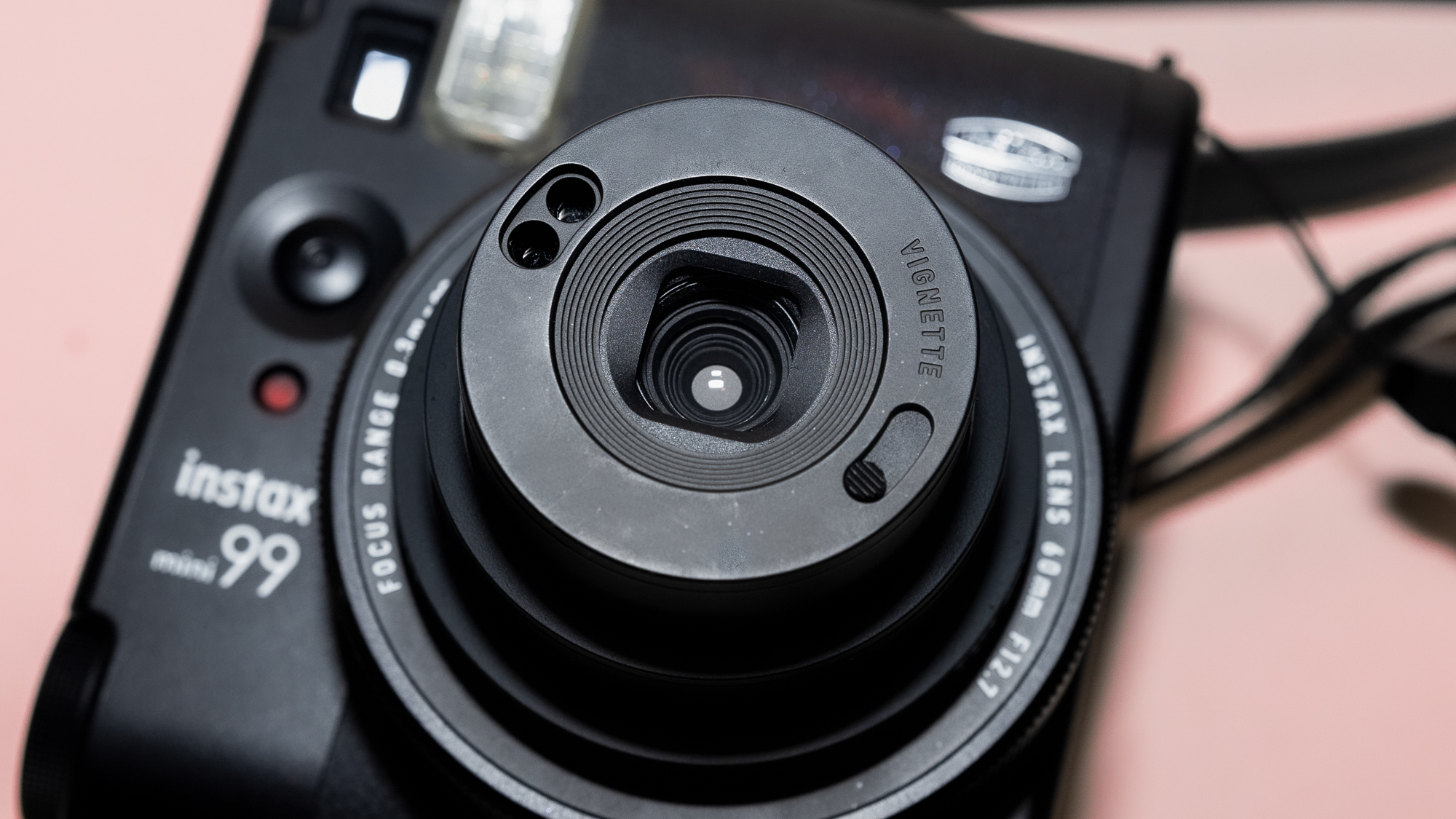
The Instax mini 99 features a 60mm lens (this provides a field of view equivalent to a 35mm full frame lens). The lens can focus from 0.3m-infinity, which is broken into three focus settings: landscapes mode (3m - infinity), standard mode (0.6-3m) and macro mode (0.3-0.6m). The front of the lens also features a tiny switch for adding a vignette to images to darken the edges of a frame.

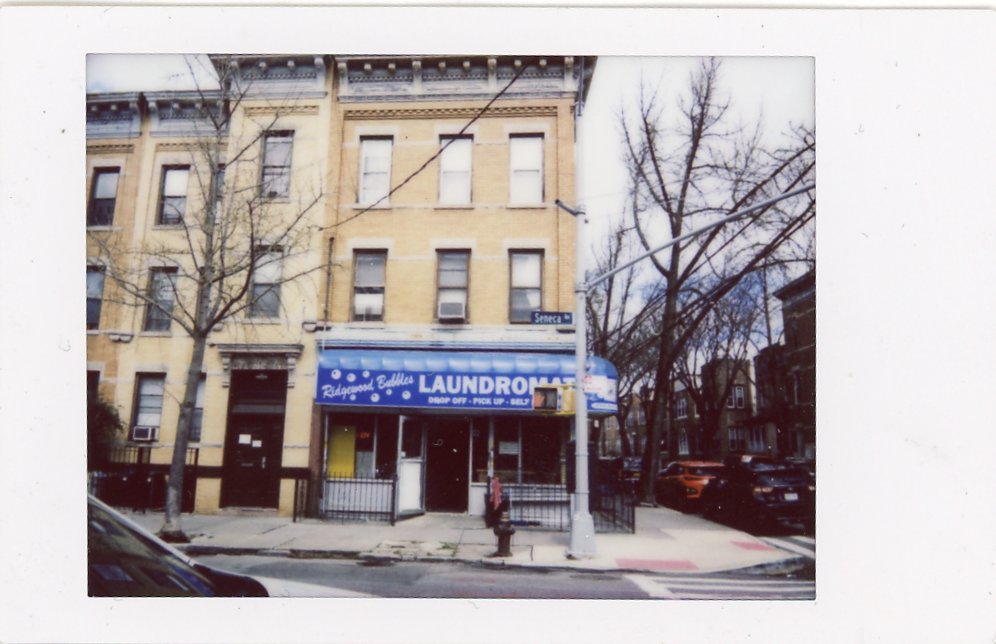
The lens is easy to focus and pictures typically turned out reasonably sharp for a camera with a plastic lens. Using the Instax mini 99 in double exposure mode or with the light leak setting will add a level of softness to the frames, but given the experimental nature of these two settings, this isn’t shocking.
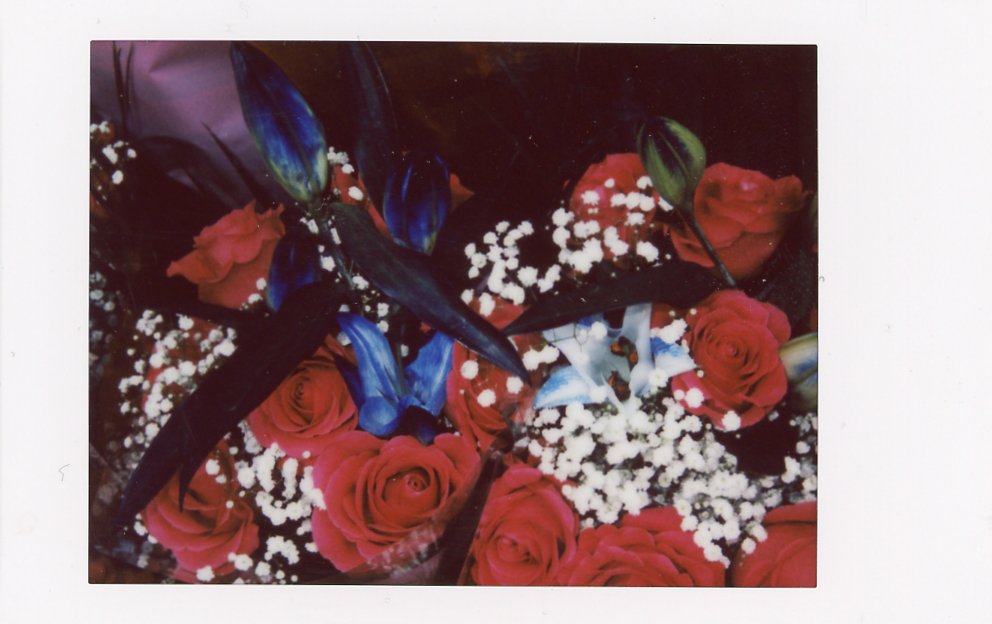
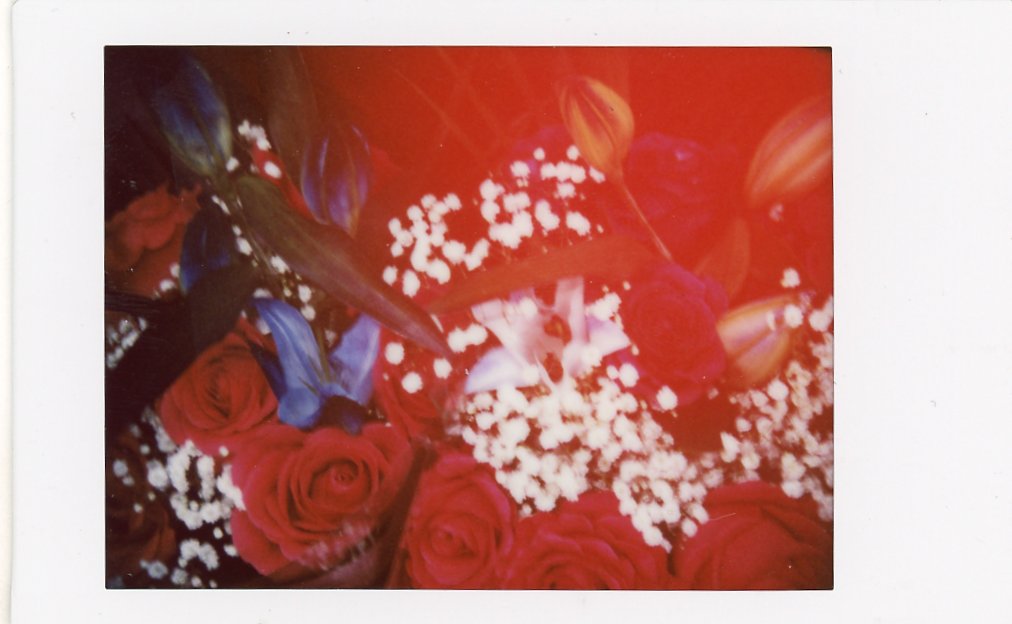
The Instax mini 99 lacks the selfie mirror found on the front of many modern day Instax cameras, but that doesn’t mean you can’t snap one, just keep the camera in Macro mode if you are planning to.
The plastic optical viewfinder on the Instax mini 99 offers an accurate representation of what you are about to take a photo of. A small circle in the middle of the frame helps users orient their subjects in the center of the frame. When shooting in Macro mode the viewfinder adjusts for parallax correction.
Fujifilm Instax mini 99 review: Controls
The Instax mini 99 features shutter controls on the front of the camera and on the top of the camera near the control dials. Around the top shutter you will find the dial for adjusting exposure compensation and an additional dial for setting built-in LED lighting effects, which we’ll cover in the section below.
The dials for exposure compensation and color effects both turn with an extremely satisfying click, but unfortunately it's also very easy to move them from set positions when the camera isn’t in use. It would have been nice to add some kind of locking mechanism to keep the dials from so easily turning to other modes, just like Fujifilm adds to its mirrorless cameras like the Fujifilm X-T5. That being said, this is a plastic camera so it's not surprising that it lacks an advanced design feature like that, so just make sure you check your settings before you shoot a frame.
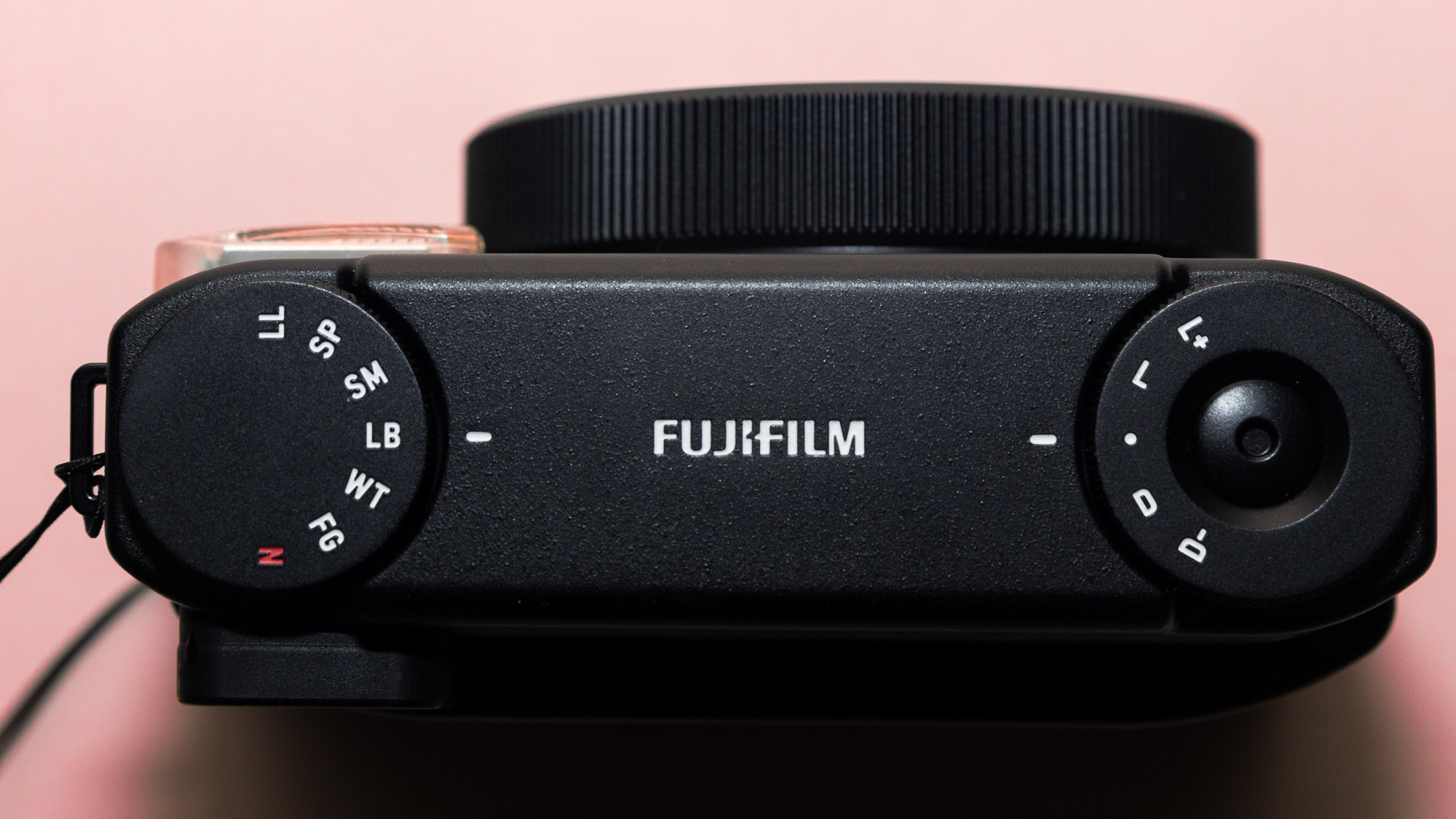
The camera is powered on by turning the lens into one of the three focus settings. The lens also has an extremely satisfying click when moved and isn’t knocked out of place easily like the control dials.
On the back of the camera on top of the film pack is where one finds controls for shooting modes and flash controls. These controls sit on top of the door where film packs load into the mini 99 and above a smaller door that houses the rechargeable Fujifilm NP-70S battery.
Fujifilm Instax mini 99 review: Image & print quality
With more creative control comes a level of unpredictability when it comes to print quality. Being able to capture double exposures, control exposure compensation and experiment with the various LED-powered color effects made for frames that didn’t always turn out perfectly. However, especially for newer instant film photographers, learning the best ways in which to shoot with the Instax mini 99 is all part of the fun.
The six LED color effects found in the Instax mini 99 will feel familiar if you ever used the Instax Evo mini Hybrid camera, thankfully in the mini 99 they are much easier to access. There is also a neutral shooting mode. The filters are only designed to work with Instax color film-packs, and while they do take some getting used to, they offer some fun creative options. During my time with the Instax mini 99, when shooting with the color effects I found myself gravitating towards shooting with warm tone, light blue and light leak most often. Warm tone is particularly well suited for shooting indoor portraits late at night, while light blue was a nice fit for daytime street scenes.
Light Leak mode was my personal favorite setting on the mini 99, even though the frames shot in this mode weren’t always the most technically successful. The placement of where the light leak appears is random and introduces a level of softness to the frame. I loved how it worked with the shot of my orange cat. It gave the photo of the flowers a strange lo-fi effect, although I prefer the frame that was taken in neutral mode. With the two shots of my friend eating a hotdog you can see clearly how where that light leak appears can affect the overall look of the picture.
Double exposures are similar — sometimes they were absolute winners, other times they were overexposed disasters. The “double head” effect is a bit disturbing, but I accomplished exactly what I was hoping to do. It was less effective and came out a bit overexposed when I attempted to take a double exposure of someone posing with their eyes open and then with their eyes closed. I love how the double exposure of the cat and toy pigeon line up, too.
Photos shot in faded green mode were too green for my taste. The green watermelons take on a sickly effect in this shot from a fruit stand. Soft magenta often produced images that felt overexposed, even when adjusting exposure compensation.
If you aren’t feeling adventurous you can always keep the mini 99 in neutral mode to capture Instax prints with the same level of reliability that you would get shooting with the fully-automatic Instax mini 12. Neutral mode performs perfectly as a general-purpose profile. It’s what I used to capture the classic selfie, the shot of the Laundromat and what the camera was in when shooting the most successful double exposures.
I enjoy having more creative options even if it means that not every Instax print is turning out perfectly. The additional controls on the Instax mini 99, and the ways in which you can pair them together, mean you might waste some film, but also that you are bound to end up with some happy accidents.
Fujifilm Instax mini 99 review: Film cost & yield
The Fujifilm Instax mini 99 uses Instax mini film packs, which generally cost about $14 per double film pack (20 pieces of film) — so you’re paying about 70 cents per picture. It’s the least expensive film format of the Instax line of film and significantly less than a Polaroid film pack.
White it’s more expensive than instant cameras using rival ZINK papers, I prefer the Instax aesthetic for its high gloss finish and beautiful colors. I’ve also found that an Instax print holds up much better over time than ZINK prints, so I’m more than happy to pay a bit extra.
Fujifilm Instax mini 99 review: Verdict

The Fujifilm Instax mini 99 is more advanced than the Instax mini 12, but way less complicated than the Hybrid Evo Instax, making it an ideal option for someone looking for a level of creative control without sacrificing usability. It’s also currently the most compact Instax on the market, uses a rechargeable battery and comes with a lot of fun, creative features. Although the results while shooting can be a bit unpredictable, that’s part of the fun of using this camera. The price point is high compared to other cameras in the Instax line, and we do wish that the control dials had some kind of locking mechanism, but the Instax mini 99 is an excellent choice if you are looking for an advanced Instant camera.

Jeanette D. Moses is a New York based filmmaker and photographer known for capturing the intimacy of New York City's creative communities. She has been freelancing for Tom's Guide since 2020. She loves shooting music, tinkering with new technology, all things analog, and learning about archaic photographic processes. She’s been photographing the music scene in New York City since 2012 and began writing about photography shortly after. In addition to Tom’s Guide, her stories have been published on Pop Photo, DP Review, Digital Photo Pro and The Phoblographer. In 2021 she was selected as one of Dr. Martens Filmmakers of the Year to direct a film about New York City's DIY music scene.


